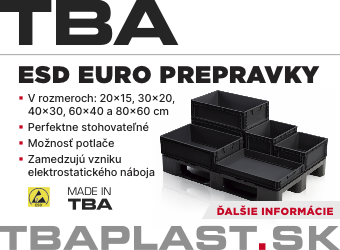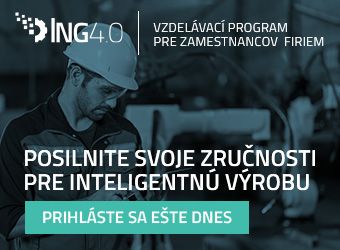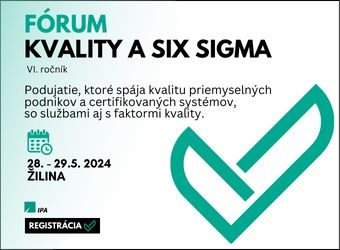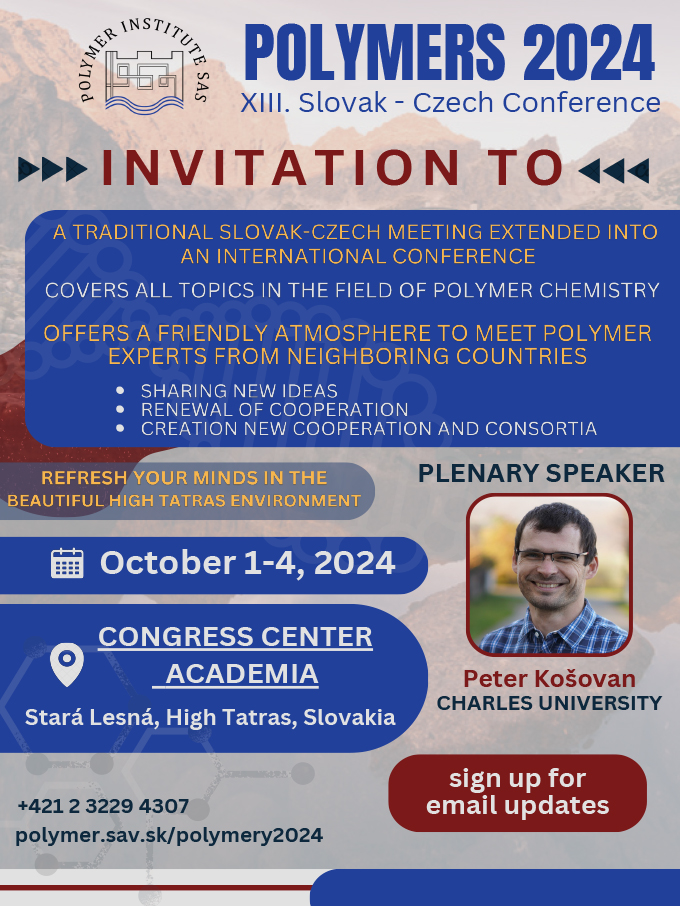K 2022: Raw materials, Circular Economy Forum, press conferences, large photo gallery, halls 5-8
At this year's K 2022 trade fair in Düsseldorf, raw material producers presented hot trends in the field of bioplastics, the production of materials for electromobility, and how to reduce carbon emissions from products. This year, the Circular Economy Forum took place again at K, in which the German engineering federation VDMA and 13 member companies presented their innovations for the industry.
Circular Economy Forum at K 2022
This year once again was realised a Circular Economy Forum held at K in Düsseldorf. On the outdoor premises between Halls 10 and 16, the VDMA (German Engineering Federation) and 13 of its member companies demonstrated the pivotal importance of technology in the implementation of the circular economy in the plastics industry.
The participating companies were all represented at the Circular Economy Forum in addition to their stands in the exhibition halls. Arburg, Coperion, Engel, Erema, Kurtz-Ersa, Lindner, R-Cycle, Vecoplan were taking part with own pavilions while Battenfeld Cincinnati, Leonhard Kurz, Plasmatreat, Sumitomo (SHI) Demag and Wittmann Battenfeld exhibited at the joint stand of the Forum. With machines running visitors could see how plastic waste is converted into high-quality regranulates or how recyclates are processed into attractive, highly functional and recyclable products by means of various processing methods.
BIO-FEDs
Bio-Fed’s booth was dedicated to the topic of bioplastics in all their facets. Bio-Fed was demonstrating bio-based and biodegradable polymers, biomass-balanced PP compounds, as well as organic fillers and matching color masterbatches.
The company’s bioplastics go by the name of M Vera and most of them are biodegradable. They can be injection-molded, extruded and thermoformed. For mulch films, Bio-Fed has developed a special grade that is certified as being soil degradable according to EN 17033.
For injection molding, the company showcased products with enormous stiffness and grades with heat resistance up to nearly 100 °C. Also on display were materials which have cycle times similar to those of polypropylene (PP) and polyethylene (PE) and which can be processed on standard injection molds and machines for polyolefins
For extrusion and thermoforming, the company was introducing OK compost Industrial-certified products that are made with various proportions of renewable raw materials. Bio-Fed says it can supply these with different mechanical properties, tailored to specific applications.
SABIC
Electromobility tops Sabic’s agenda at this year’s K show, where the plastics producer was presenting its Bluehero initiative. This ecosystem comprises materials, expertise and programs for vehicle electrification. The focus is on the use of flame-retardant materials to improve structural battery components and the development of new components.
On display at the booth, for example, were advanced thermoplastics that, Sabic says, offer substantial advantages over metals. When used for the battery, electrical and charging components of electric vehicles, they reduce weight and system complexity and allow greater design freedom, while enhancing production, recyclability, and occupant safety.
In addition to targeting the automotive industry, Sabic plans to widen the scope of the initiative to other industries and electrical technologies in the future. Exactly what those will be has not yet been determined. Potential areas include energy storage, charging infrastructure, other modes of transport, and industrial and consumer equipment.
LANXESS
A focal point of the Lanxess booth at the show this year were materials for electromobility. These include a halogen-free, flame-retardant, hydrolysis-stabilized PBT compound that possesses very good electrical characteristics.
Plastic components in electric vehicles are often exposed to higher temperatures and at the same time very strong currents and voltages. Components such as high-voltage connectors must remain electrically insulating under these conditions and must not allow creepage current to occur. Lanxess claims that its compound meets the necessary requirements.
The plastics manufacturer was also exhibiting a near-series-production demonstrator of a battery housing that was developed in collaboration with Kautex Textron. The goal of this development was to demonstrate the advantages of plastics over metals in terms of weight and cost reduction, functional integration and electrical insulation behavior.
Alongside materials specifically targeting electromobility, Lanxess showcased compounds for driver assistance systems. These are widely employed in modern vehicles and are set to become even more important in the future. The plastics producer was presenting PBT and PA compounds for the corresponding radar sensors and their housings.
Developments in sustainable materials such as plastics and composite materials based on recycled or bio-based raw materials was also a prominent feature on the company’s booth. Lanxess has announced, for example, the imminent market launch of a matrix plastic based on PA6 for the company’s Tepex dynalite fiber-reinforced plastic, more than 80 % of which is constituted by sustainable raw materials.
 | |
BASF
Drawing on various joint projects conducted with customers, BASF was demonstrate how to significantly improve carbon emissions from products. The projects were spread across the automotive, construction, E&E, packaging and consumer sectors.
Company has developed various materials that reduce the carbon footprint through the use of renewable or recycled raw materials. A corresponding bio-based polyurethane, for example, is already being used for a safety shoe. Also on display at the booth was Vaude-brand outdoor pants made of PA6 Ultramid Ccycled. The raw materials for the PA are sourced from chemically recycled end-of-life tires, among other things.
The sustainability of products can also be increased through a long service life and reduced weight. At the trade fair, BASF featured various examples to show how this can be achieved. On display, for instance, were safe and durable PAs for high-voltage components aimed at the charging infrastructure for electric vehicles.
The company also presented an environmentally sound miniature circuit breaker (MCB) for the E&E sector that it has developed in cooperation with Schneider Electric. It is composed entirely of a PA6 compound obtained from pyrolysis oil sourced from end-of-life tires.
With a view to improving recycling itself, BASF introduced various additives from its IrgaCycle range, which enhance the quality of mechanically recycled plastics waste.
RÖHM
Röhm at Trade Fair K 2022 was showcasing its latest development in PMMA - Plexiglas Optical HT. This material obviates the need for converters to choose between high optical quality and high long-term service temperatures, as it meets both requirements. It is therefore suitable for, e.g., high-power LED lenses and long light guides.
Röhm has also further developed its range of specialty molding compounds for automotive taillights. Aside from colorless transparent PMMA or PMMA pigmented in signal colors, the company offers diffuse light-scattering variants whose light-scattering properties and transparency vary in accordance with the product. The manufacturer says that the molding compounds can also be easily processed by special methods, such as laser-welding. This expands the scope for taillight design, because it allows angular components to be combined with minimal joints.
EVONIK
Evonik presented its latest sustainable solutions for the plastics and rubber industry during K 2022 in Dusseldorf, Germany. Under its novel, ‘Next Generation Plastic Solutions’ concept, the specialty chemicals company’s experts were highlighted how they are taking responsibility to ensure a better world for tomorrow’s generations by improving the performance, sustainability, and recyclability of Evonik’s products.
Evonik established its group wide “Global Circular Plastics Program” to provide a framework to help transform the traditional linear plastics economy, into a fully sustainable circular economy.
Another key part of Evonik’s toolbox to grow the circular plastics economy is its broad range of solutions for enhancing the recycling of plastics, these include processing additives for defoaming, wetting, de-inking, de-labeling as well as odor control. Evonik’s additives and processing aids significantly enhance the cost-effectiveness of mechanical recycling and the quality of recyclates - enabling high-quality applications to be produced, supporting Evonik’s ambition to improve the quality of more than 400,000 metric tons of recyclable plastics by 2025.
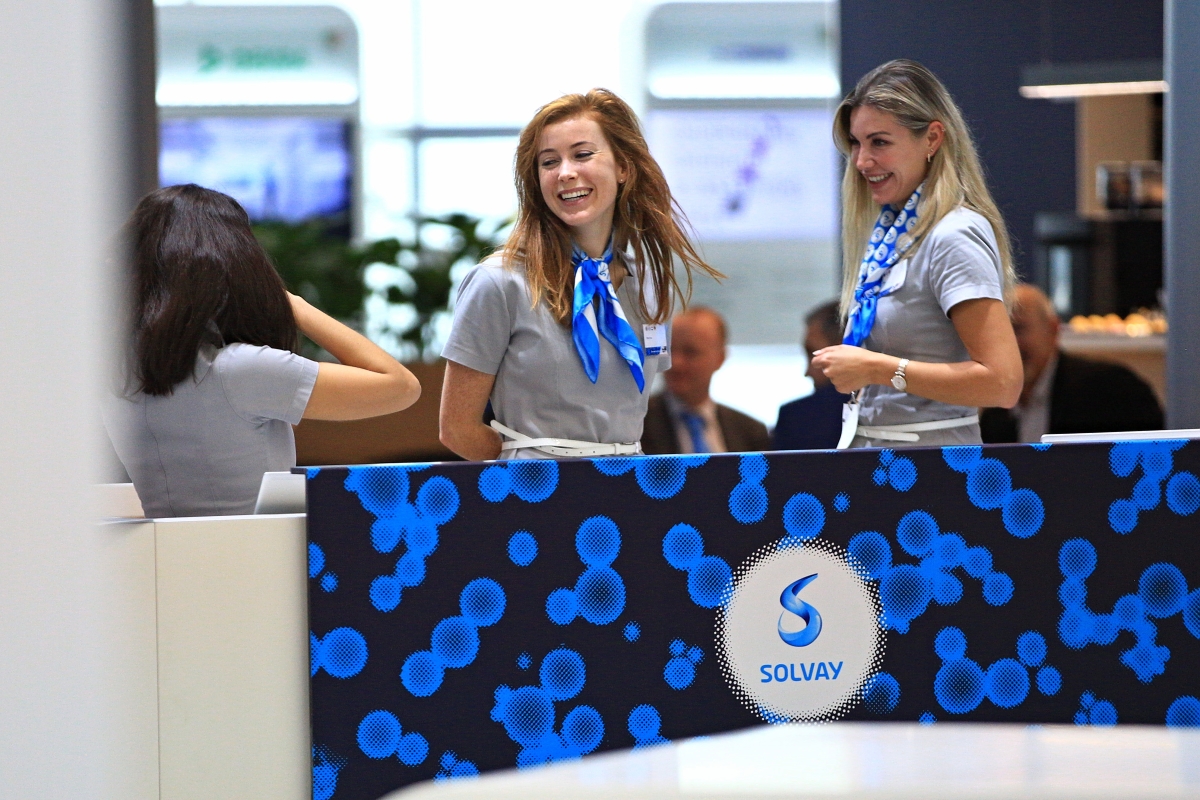 | |
COVESTRO
The main topics of Covestro at K Fair 2022 were : Crafting Circular Economy and Crafting Sustainable Living.
With a shift from a linear to a Circular Economy Covestro conserve natural resources and eliminate the traditional concept of waste. By driving the transformation of circularity, company also contribute to climate neutrality (for emissions from own production and emissions from external energy sources) to, achieve net zero emissions.
At this year’s K fair Covestro presented exciting examples on how we can make living more sustainable without compromising on design properties and material performance. Visitors could try how new and inspirational products can all be part of a fully circular solution in the future.
ASCEND
Ascend Performance Materials focused on electromobility and sustainability at K 2022. Among its offerings were polyamides (PA) and the PA precursors acrylonitrile and hexamethylene diamine, which are based on renewable raw materials. These are expected to be available from 2023.
The company also unveiled other PA innovations. These include Vydyne Thermaplus, a highly ductile PA66 that offers high resistance to long-term heat exposure. Ascend also showcased its growing range of long-chain PAs.
On display, as well, were applications that Ascend has developed in collaboration with vehicle manufacturers and suppliers with a view to enhancing the safety and performance of electric vehicles. These are mainly based on hydrolysis-resistant and flame-retardant polymers.
One such development is a material for dampening unwanted vehicle and ambient noise in electric vehicles. In Vydyne AVS, Ascend demonstrated a PA66 that effectively dampens high-frequency vibrations directly at the motor and allegedly reduces cabin noise by up to 80 %.
- autor:
- red.









































































































































































































